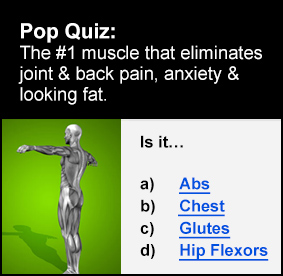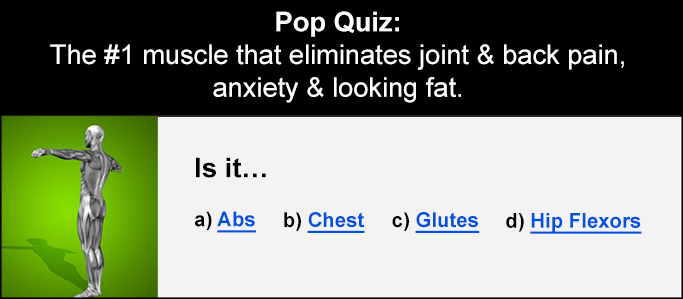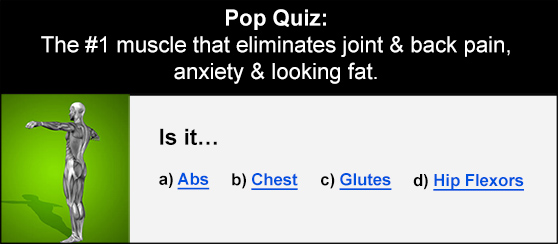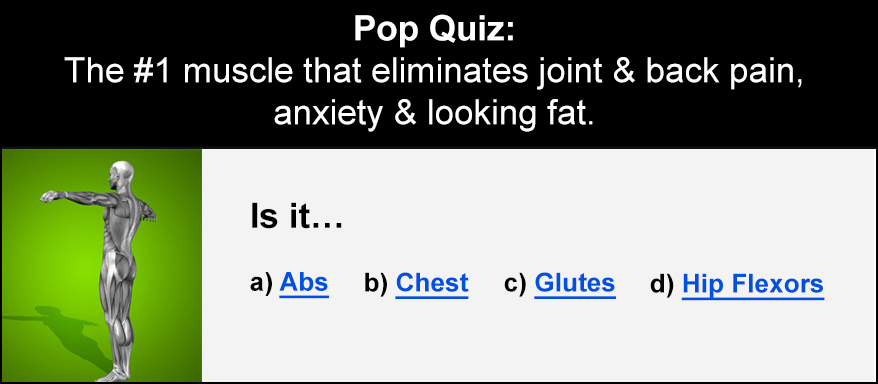When most people say they want to “lose fat,” they don’t realize the body has different types of fat. Adipose tissue, or body fat, is the way our bodies store energy. It helps keep us warm, cushions our organs, and even produces hormones. But not all fat is harmless.
Visceral fat is stored deep inside the belly, wrapped around organs like the liver and pancreas. Unlike the fat under your skin, this hidden fat can harm your health. Too much visceral fat raises the risk of heart disease, diabetes, and other conditions—making it important to understand and manage.
What is Adipose Tissue (Body Fat)?
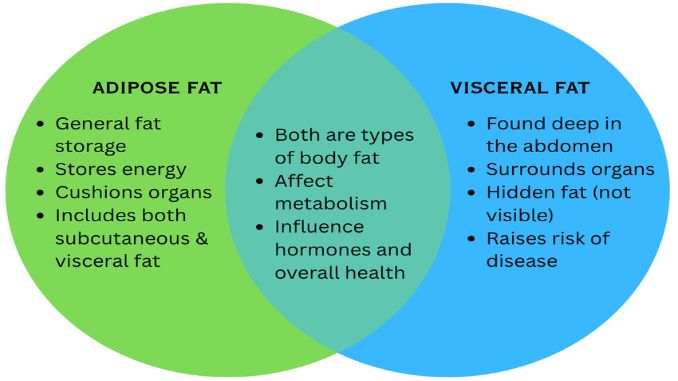
White Adipose Tissue (WAT) [1] – Fat in the body is stored in different depots. It can be under the skin (subcutaneous) or internal around organs (visceral).
Dr. Komaroff explains that adipose tissue (especially the white type) is not just passive fat storage. It also makes hormones and immune-system molecules that influence appetite, blood sugar, cholesterol, blood pressure, and inflammation in the body.
Body fat, also called adipose tissue, isn’t always bad. In fact, it has many important jobs in the body. Fat stores are the main way we keep extra energy, which helps us survive if we don’t have enough food.
Fat also plays a big role in reproductive health—it supports menstruation, pregnancy, and breastfeeding. Humans are unique because men and women store fat differently, and this affects health and even signals of attraction.
Beyond energy [2] and reproduction, fat helps with bone strength, metabolism, immune function, and keeping our bodies in balance. Simply put, body fat is essential—but balance matters.
Why You Should Care About Visceral Fat?
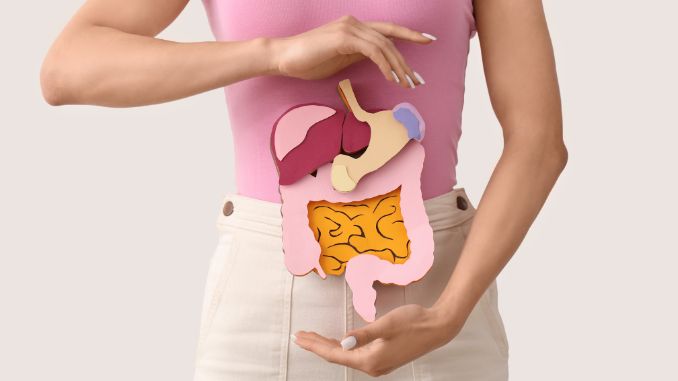
Visceral fat is more than just extra weight around your belly—it can be harmful to your health. Because it surrounds your vital organs, it increases the risk of several serious conditions:
- Heart disease – too much fat stresses your heart and blood vessels.
- Type 2 diabetes – it makes your body resistant to insulin.
- High blood pressure – adds pressure to your arteries and heart.
- Fatty liver disease – causes fat buildup in the liver.
- Certain cancers – linked with a higher chance of some cancers.
- Hormone imbalance & inflammation – visceral fat releases chemicals that trigger ongoing inflammation.
How to Tell if You Have Too Much Visceral Fat?
Since visceral fat is hidden deep inside the belly, you can’t always see it or pinch it. But there are a few ways to check if you might have too much:
- Waist circumference – A tape measure around your waist can give clues. For men, a waistline over 40 inches (102 cm) and for women over 35 inches (89 cm) suggests higher risk.
- Waist-to-hip ratio (WHR) – This compares the size of your waist to your hips. It is considered the most accurate type of assessment for determining the amount of visceral fat. A higher ratio indicates greater risk, Qven if your weight or BMI seems normal.
To calculate your waist-to-hip ratio, measure the narrowest part of your waist (without sucking in your stomach) and the widest part of your hips. Divide your waist measurement by your hip measurement. A ratio above 0.90 in men or 0.85 in women indicates a higher risk of excess visceral fat and related health issues.
- The limits of BMI – Body Mass Index (BMI) doesn’t show where fat is stored, so even people with a “normal” BMI can still have too much visceral fat.
- Medical scans (CT, MRI, DEXA) – These give the most accurate picture, but they’re usually used in medical settings rather than for routine checks.
- Healthy vs. Unhealthy obesity [3]: Some obese people (called metabolically healthy obese) have better-functioning fat tissue, less inflammation, and fewer complications. But over time, even they face higher risks than people of normal weight.
How to Reduce and Manage Visceral Fat?

The good news is that visceral fat can be reduced with healthy lifestyle changes. Here are the most effective steps:
- Eat better – Focus on whole foods like fruits, vegetables, lean proteins (fish, beans, eggs), and high-fiber foods that keep you full. Cut back on sugary drinks, processed snacks, and refined carbs.
- Exercise – Aerobic activities like walking, jogging, swimming, or cycling help burn fat, while combining them with strength training builds muscle, boosts metabolism, and hastens the reduction of visceral fat. For best results, aim for at least 30 minutes of exercise per day.
- Improve lifestyle habits – Get 7–8 hours of quality sleep, manage stress through relaxation or mindfulness, and limit alcohol, since it adds empty calories and promotes belly fat.
Small, consistent changes can make a big difference in lowering harmful visceral fat and protecting your long-term health.
Conclusion
Knowing the difference between adipose tissue (normal body fat) and visceral fat (the hidden, more harmful fat) is key to protecting your health. While body fat itself is essential for energy, warmth, and reproduction, too much visceral fat can raise the risk of serious diseases.
By understanding how these fats affect your body, you’re better equipped to make smart, lasting choices. Small steps—like eating whole foods, staying active, sleeping well, and managing stress—can have a big impact over time.
Take charge of your health: schedule regular check-ups, track your progress, and start making changes today for a healthier future.
References
1. Dugdale, A. H. A., Curtis, G. C., Harris, P. A., & Argo, C. M. (2011). Assessment of body fat in the pony: Part I. Relationships between the anatomical distribution of adipose tissue, body composition and body condition. Equine Veterinary Journal, 43(5), 552–561. https://doi.org/10.1111/j.2042-3306.2010.00330.x
2. Norgan, N. The beneficial effects of body fat and adipose tissue in humans*. Int J Obes 21, 738–746 (1997). https://doi.org/10.1038/sj.ijo.0800473. https://www.nature.com/articles/0800473
3. Goossens, G. H. (2017). The metabolic phenotype in obesity: Fat mass, body fat distribution, and adipose tissue function. Obesity Facts, 10(3), 207–215. https://doi.org/10.1159/000471488.https://karger.com/ofa/article/10/3/207/239503


